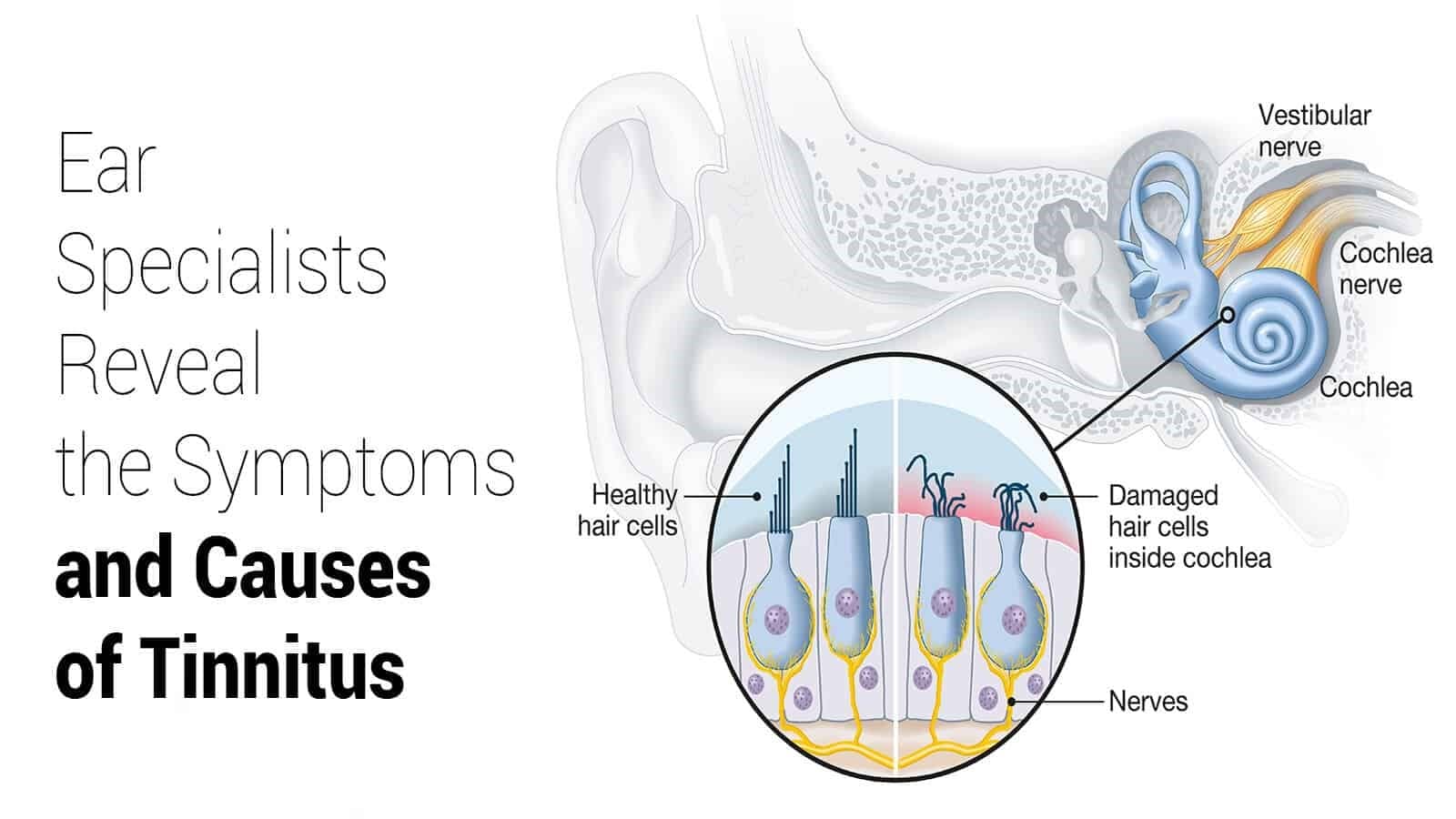Understanding the Epley Maneuver for Benign Paroxysmal Positional Vertigo (BPPV)

Have you ever felt dizzy after a sudden head turn or change in position? If yes, chances are you may be experiencing a balance disorder called Benign Paroxysmal Positional Vertigo (BPPV). This condition occurs due to the displacement of small crystals in the inner ear that affect the motion sensing system. However, there is a simple yet effective solution that can help alleviate BPPV symptoms: the Epley maneuver.
What is BPPV and How Does it Cause Dizziness?
Normally, the fluid in the inner ear helps to maintain balance and inform the brain of head movements. However, if crystals called otolith debris dislodge and enter the posterior canal of the inner ear, the fluid moves abnormally. This causes the brain to think that the head is moving, even when it is not. As a result, it produces dizziness, lightheadedness, nausea, and a sense of disorientation.
How Does the Epley Maneuver Work?
The Epley maneuver is a non-invasive treatment that can help reposition displaced crystals and restore normal fluid motion. It involves a series of specific head and body maneuvers, that manipulate the crystals to fall towards the ear canal opening and exit the canal.
The maneuver typically takes 10-15 minutes to perform and has an 85% success rate in curing BPPV.
The Steps Involved in the Epley Maneuver:
The Epley maneuver starts with the patient sitting upright with their legs extended in front of them.
- The patient’s head is then turned 45 degrees towards the side that causes the most severe dizziness.
- Next, the patient is slowly moved backward while keeping their head turned 45 degrees. The body is then extended backward for about 20-30 degrees.
- The head is then rotated 90 degrees to the other side, and held there for 30-60 seconds.
- The patient is then rolled to their side, with their head still turned towards the floor, and held for another 30-60 seconds.
- Finally, the patient is slowly and gently assisted to a standing position.
Why Does the Epley Maneuver Work?
During the maneuver, the head and body positions are carefully chosen to manipulate the crystal to fall towards the canal opening. With each position, the crystal takes about 30-60 seconds to settle into the most dependent position in the canal. If the turns are performed before the crystal has a chance to settle, it may rebound in the wrong direction, and the maneuver will fail. By following these steps, the Epley maneuver allows the crystal to exit the canal so that abnormal fluid motion is restored to normal.
Conclusion
The Epley maneuver is a simple and effective approach to treat BPPV symptoms. It involves a series of movements that manipulate the Tiny crystals in the inner ear to exit the canal. The procedure has an 85% success rate and can be performed easily in-office. If you are experiencing symptoms of BPPV, talk to your healthcare provider to find out if the Epley Maneuver may be right for you.

